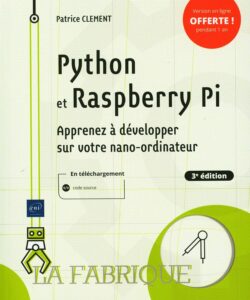1. What is HTML ?
HTML stands for (Hyper Text Markup Language). It is a language made up of markup and hyperlinks, which is used to create web pages. It is composed of semantic and structural elements, which define how parts of the document (headings, paragraphs, lists, images etc.) should be presented in the browser.
HTML documents have the extension .html or .htm, such as index.html, default.htm... A web browser interprets the tags in an HTML document and displays the document as a web page.
2. Advantage of HTML
An HTML document can be displayed on any type of computer, in particular a Macintosh or an IBM compatible workstation. Consequence: you do not have to create different HTML documents for different types of computers (standard). In addition, since HTML documents contain only text, they load quickly on the Web.
3. The tools needed to develop in HTML
- A web browser compatible with HTML5: currently almost all web browsers are compatible with HTML5 such as: Google Chrome, Mozilla, Opera, Microsoft Edge...
- An HTML IDE: to develop web pages in HTML, there are many IDE:
- Visual Studio Code
- Atom
- Sublime Text
- Notepad++
- ..........
4. HTML Tag
An HTML tag is a code between brackets of the type , <code> which applies to an object of the type text, image... and must end with </code> to mark its end of assignment to the concerned object.
To fully appreciate the markup notion, we are going to anticipate the events by giving a simple example of the html code:
If you want to underline a text, use the <u> and </u> tags. The 'u' here means underline and the text to be underlined must be placed between these two tags. For example:
|
1 |
<u> Underlined text </u> |

Younes Derfoufi
CRMEF OUJDA


